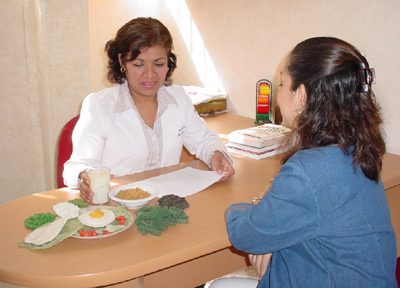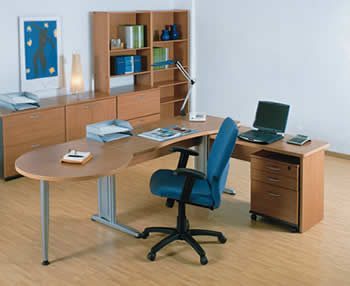
A component is by definition anything that is part of the total of a whole. Although we generally refer only to those described below.
The word components it means several things. However, in computing and electronics it only means the amalgamation of small devices that are put on a motherboard or plain plate. On the one hand, we have a plastic plate on which the circuit on which we are going to apply current is printed. The plate is perforated with holes measured so that the plates can be inserted into it. components, which are nothing more than small coils, transistors, chips (see image below), resistors, capacitors and anything that designers can think of to make the devices fulfill their function.
These can be large or so small that you can barely see them with the naked eye. Electronic circuits are sometimes very complicated and you have to put a lot of components. Putting a lot of components is wasting a lot of space. The solution is to miniaturize these components until they can only be seen under a microscope. With this, it is possible to save a lot of space and it can be achieved, for example, that a mobile phone is more powerful than a computer from 1995, 1996, 1997, 1998 etc. Personal computers, not corporate computers, since the latter have always been more powerful than desktop or home computers.

Spider-like computer chip. Inside there can be up to millions of components that cannot be seen with the naked eye.
The way to manufacture the components It is by designing them in the engineers' offices and by means of perfectly calibrated machines, placing and welding the components to the plate by means of machines with very precise and fast technology. (How they are manufactured is omitted since each component has its way of being manufactured and there are many). Components are usually put in place and soldered with a soup-like tin solution. The board with the components placed in this soup is approached and they are all soldered to the circuit.
It is very common for some components to come "encapsulated" in a kind of chip. In one of these chips there can be thousands and thousands of components synchronized to do a specific job. in this way they do not occupy a space that would make our desktop and laptop huge as well as heavy. Normally the plates with their components and chips are subjected to heat tests and depending on the temperature they take, they will be put to work at their maximum or they will be used for a less efficient work so that in this way they do not take too much heat. Heat is the enemy of the chips, since if they get too hot, the solder joints that go to the board can loosen and create short circuits or components can also come off the board to stop being in the circuit and therefore leave to function. As a rule, if we see a circuit whose components are very hot, we can know that either we fix it soon or this circuit will stop working sooner or later.









